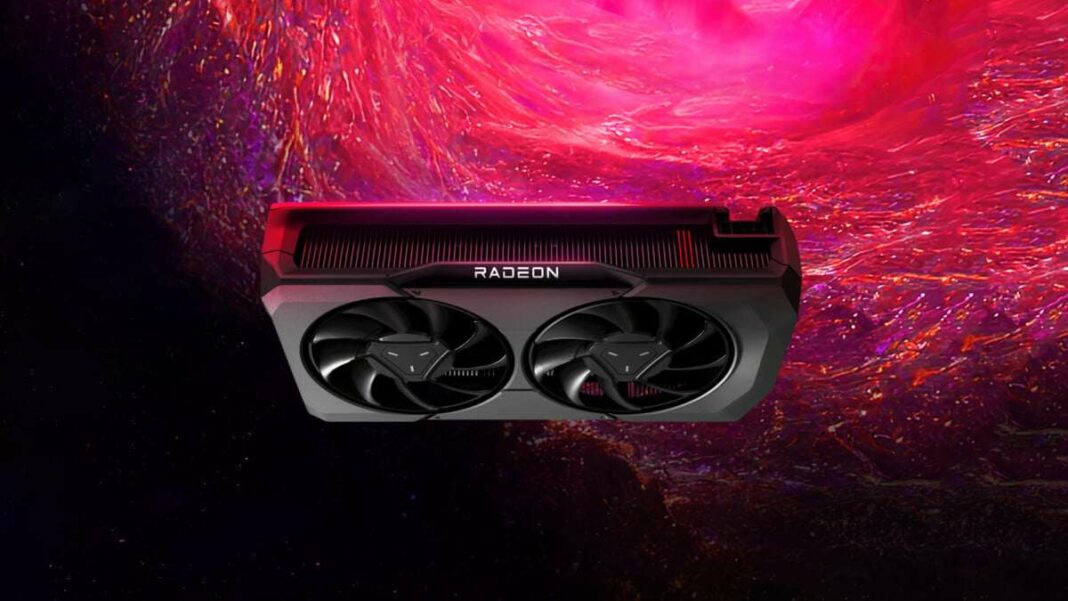A study by PC Games Hardware evaluates the performance gap between graphics cards with 8 GB and those with more video memory, specifically comparing the AMD Radeon RX 7600 and RX 7600 XT. Results show that in 2025, 8 GB is insufficient, particularly for ray tracing in AAA games, while 16 GB offers a significantly better experience. The recommendation is to choose GPUs with at least 12 GB of VRAM, as the market increasingly offers options with higher capacities.
Once and for all, let’s explore the performance disparity between graphics cards with 8 GB of video memory and those boasting a larger capacity. The goal is to ascertain whether 8 GB remains adequate in 2025. The team at PC Games Hardware delved deeply into this topic, conducting extensive tests across a variety of games and settings, comparing the AMD Radeon RX 7600 and RX 7600 XT.
To summarize, these two models share a nearly identical architecture: they utilize the same GPU and have an equal number of graphics cores. However, the RX 7600 is equipped with 8 GB of GDDR6 memory, while the RX 7600 XT comes with 16 GB of GDDR6, both operating on a 128-bit bus. This makes them perfect candidates for our analysis.
Is 8 GB of VRAM Still Enough in 2025?
The findings from PC Games Hardware are noteworthy and warrant careful examination. In brief, the verdict is evident: the RX 7600 XT, with its 16 GB of video memory, significantly outperforms the RX 7600’s 8 GB VRAM capacity.
This difference becomes even more apparent during ray tracing tests, where 8 GB struggles to deliver an enjoyable gaming experience in the latest AAA titles. In contrast, the 16 GB variant allows the GPU to fully harness its capabilities, resulting in smoother gameplay and preventing texture degradation and automatic detail reduction that can occur with the 8 GB model.
In their conclusion, PC Games Hardware strongly recommends steering clear of graphics cards limited to 8 GB of video memory if you plan on upgrading your GPU in 2025. Instead, they suggest opting for at least a model with 12 GB of VRAM.
On a positive note, the market is increasingly moving towards graphics solutions featuring 10 GB of VRAM or more, which should alleviate some of these concerns.
For instance, the latest Intel Arc B580 and B570 graphics cards come with 12 GB and 10 GB of VRAM, respectively, while the new Radeon 9070 series offers 16 GB of video memory. Nvidia is following suit, with their new RTX 5070, 5070 Ti, 5080, and 5090 models equipped with between 12 and 32 GB of high-speed GDDR7 memory.
However, some budget models may still be an issue. Reports indicate that the upcoming RTX 5060 will be limited to 8 GB of VRAM (though it will use GDDR7, which may mitigate some problems). Similarly, AMD might retain a lower memory capacity for its Radeon RX 9060. Some sources even hint that entry-level mobile GeForce RTX models, like the RTX 5050, could still feature just 8 GB of GDDR6, which would not be very promising for gamers.
